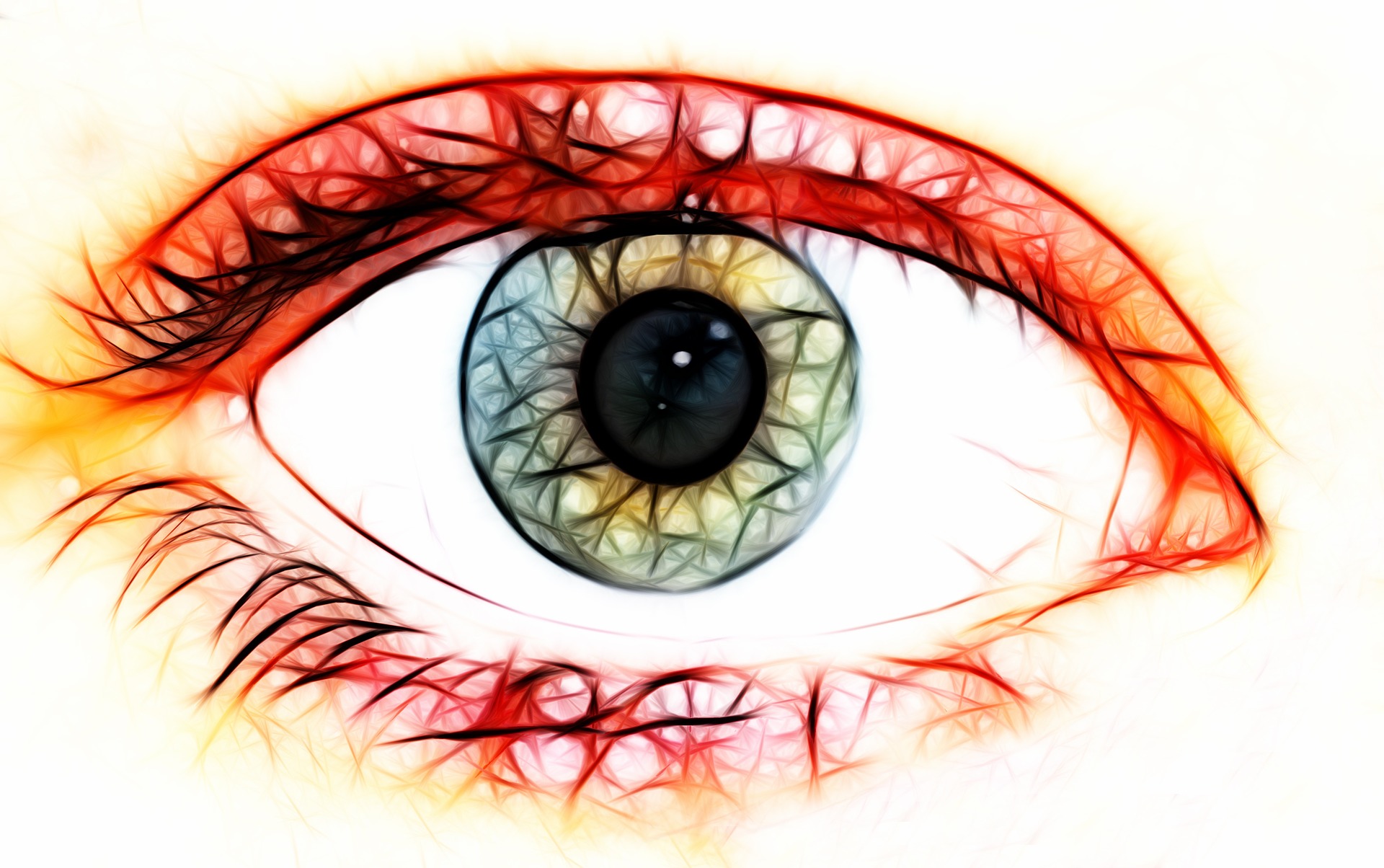
SICKLE CELL AND INSOMNIA
SC and Insomnia
Sickle cell disease (SCD) is a genetic disorder that affects a protein called hemoglobin in red blood cells (RBCS), the blood cells that carry oxygen from the lungs to all the tissues in the body. The defective protein forms aggregates within the RBCs, making them stiff and giving them a sickle shape. These abnormal RBCs stick to the inner lining of small blood vessels, preventing blood low, lowering blood oxygen levels, and causing episodes of pain called vaso-occlusive crises.
People with sickle cell disease (SCD) are at an increased risk of sleep disorders as compared to their healthy counterparts. This is possibly because of disease processes, pains and living with a chronic ailment result in chronic sleep disruption that can affect developmental and health outcomes. Adequate sleep is an essential component of classic development, mood, affects regulation and health maintenance. As SCD is a chronic disease that can be affected by environmental, health, and behavioural factors, understanding the impact of the disease on fragmented sleep is important to maximize the quality of life in the lives of those living with the disorder.
A sleep expert, Dr M Twery, “sleep affects almost every tissue in our bodies, it affects growth and stress hormones, our immune system, appetite, breathing, blood pressure and cardiovascular health”. Research shows that lack of sleep increases the risks of infections, obesity and heart disease.
Poor sleep pattern in the lives of those with SCD risks the upsurge of developmental and psychological problems, beyond those caused by SCD itself. Also, lack of sleep may affect the disease course, by aggravating symptoms. People with SCD are affected by sleep-disordered breath, limb movement problems, restless legs syndrome and nocturnal enuresis. Never mind, dealing with the chronic and acute pain associated with SCD, hypoxaemia (oxygen deficiency in the blood), daytime tiredness and fatigue are all enough to disrupt one’s sleep at night.
The effects of pain on sleep are also a significant concern, with both acute and chronic pain in SCD. SCD is associated with pain and there is no doubt it reduces sleep efficiency, slow-wave sleep and rapid eye movement sleep and shorter night sleep duration. When one has sleep disturbance, it has been related to a lower quality of life related to physical health and greater functional disability. People’s sleep quality is aggravated by SCD pain, and during a crisis, the sleep duration is even less. Ordinarily, people who experience stress find it difficult to sleep and the same is with people with SCD except that the stress is one of intense pain and this result into negative relationship with sleep.
One of the side effects of living with pain and not sleeping well is negative moods. Pain and poor health result in sleep deprivation. Most times, the vaso-occlusive crisis will start in the middle of the night; there is no way, that one would be asleep and wish God to take one away. The impact of pain related sleep loss in the lives of people with SCD is enormous. The more the pain related discomfort is, the more the quality of one’s relationship with sleep decreases; the two are intertwined.
Insufficient overnight sleep could interfere with pain-coping skills and alter the perception of pain. Due to disruptions in overnight sleep that can occur in people living with SCD may also experience more daytime sleepiness than counterparts. Also increased occurrence of sleep-disordered breathing in people with SCD can also add to higher levels of daytime sleepiness. People with SCD experience more fatigue, due to sleeplessness at night. The connection among fatigue, sleep, quality of life and pain in the lives of people with SCD affects cognitive functioning and academic performance for sure. All of these intensified by stress, anxiety and depression.
Pain and sleep disturbance are two key elements of people with SCD. Pain disrupts sleep, which then increases the severity of pain and the risk of developing chronic pain. The result of this is patients with SCD, sleep less at night, take more time to fall asleep and spend more time awake during the night. These have a hug impact on quality of life and overall health.
Sleep disordered breathing is of particular concern in patients with SCD as it leads to nighttime hypoxia (the body is deprived of oxygen supply). Hypoxia induces sickling in sickle RBCs. As hypoxia is increased, risk of sickling and crisis pain is high. During the day the oxygen level with people with SCD is much higher than during the night. Living with acute or chronic pain is likely to affect one’s sleep pattern negatively.
People can help by:
Limit the consumption of caffeine; limit alcohol intake and practice relaxation techniques.
References: https://www.sciencedaily.com
https://sicklecellanemianews.com – www.lebonheur.org
https://www.sleepfoundation.org – https://newsinhealth.nih.gov
My book – HOW TO LIVE WITH SICKLE CELL: Sickle Cell and I (is now available on OkadaBooks and Amazon). Pls get your copy.








I sent an email to you and it didn’t go.
Hello Oby, I sent an email back. Can you let me know what your question is?
What is working email address?
Hello Oby,
I hope you are well.
Apologies about that, pls send me an email to – t.dehinde@yahoo.com
Hello Oby,
I hope you are well.
Apologies about that, pls send me an email to – t.dehinde@yahoo.com
Hello Oby,
I hope you are well.
Apologies about that, pls send me an email to – t.dehinde@yahoo.com
Need more of this post, I want to know how to act around people, those necessary things I need to do to prevent the crisis of the sickle cell.
Helllo Peculiar, I do not understand what more you need in terms of information; can you be more specific.